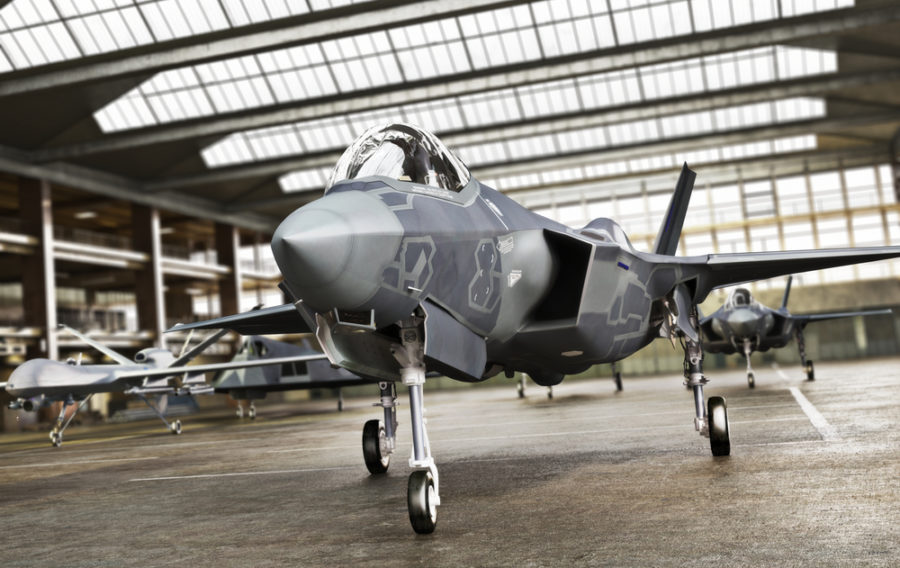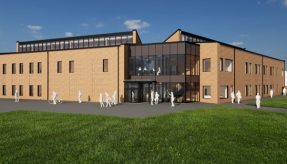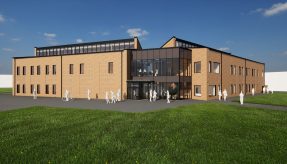
The ‘A’ variant of the F-35 strike fighter has successfully completed a rigorous programme of airframe testing, during which it “flew” equivalent to 24,000 hours.
To date, the F-35 ‘B’ variant – which will furnish HMS Queen Elizabeth and HMS Prince of Wales with much-needed aerial support – has completed 16,000 hours of testing, alongside a third ‘C’ variant.
Scientists at the BAE Systems site in Brough, East Yorkshire have tested the airframes using a specially made 350 tonne rig, designed to put aircraft through their paces.
This durability test rig is the first of its kind in the UK and it has supported the testing of the AJ-1 – a conventional take off / landing variant of the F-35 – since its arrival in 2009. The ‘A’ variant will primarily be flown by the U.S. Air Force.
The test rig is comprised of more than 20 miles of wiring, 2,500 strain gauges and 160 loading actuators. It subjects aircraft to a wide variety of loads which pilots can expect to encounter when airborne.
“This testing has pushed the F-35A airframe to its limits to make sure it will fly safely and effectively throughout its lifetime,” said Andy Prendergast, operations manager for structural and dynamic testing.
“We have continually checked the airframe for any signs of stresses and strains and reported findings back to the programme so structural improvements could be made, if required, long before any issues appear in the flying fleet.”
The F-35A durability test airframe will now leave the confines of the durability test rig and travel to the USA where it will undergo further inspection.
If you would like to join our community and read more articles like this then please click here.







